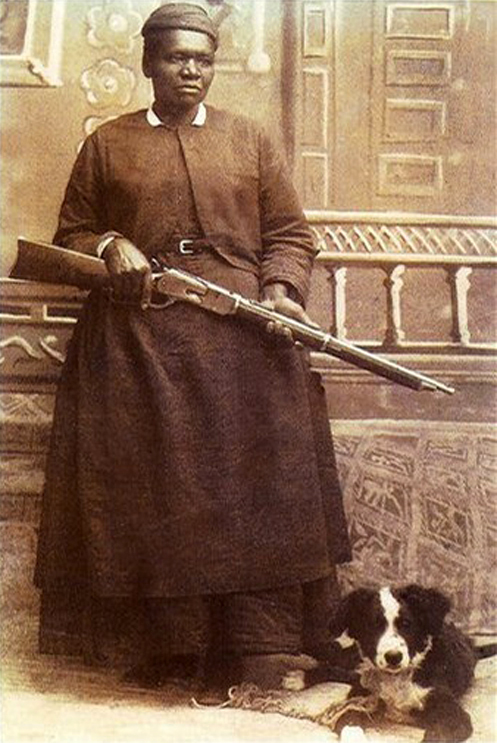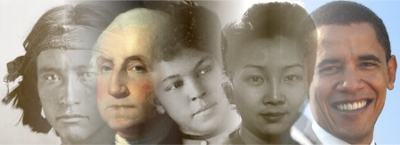
Courtesy of Ursuline Archives, Toledo, OH |
African Americans in the West were far more than cowboys and soldiers. African American men and women worked in every field.
One of the most famous worked delivering the mail in Cascade, Montana. She was Mary Fields.
Six feet tall, fond of cigars, and not one to back down in a fight, Mary Fields is a legend of the West. She was born enslaved in Tennessee. After freedom came she moved to Toledo, Ohio and worked for the Ursuline Sisters Convent there. Fields became friends with Mother Amadeus. Amadeus moved to Montana to establish a mission, and when she became ill Fields moved to Montana to care for her.
Fields stayed to help build the school at the mission, but had to leave after her habit of fighting and cursing got her into trouble with the local Bishop. The nuns then gave Fields money to open a restaurant in Cascade. However, she gave away too many meals and the business failed.
In 1895, Fields found her calling. She became
a U.S. mail coach driver. She was known for her reliability and truly was stopped by "neither rain nor snow, nor sleet nor dark of night," nor even a pack of wolves! It was this job that gave Fields her nickname, Stagecoach Mary.
Fields lived in Cascade, Montana until her death in 1914. In 1949, the Hollywood movie star Gary Cooper told a reporter from Ebony magazine “Black Mary was one of the freest souls ever to draw a breath or a thirty-eight.”
|

